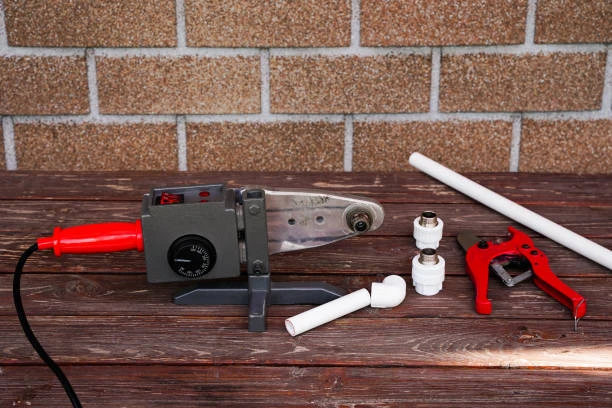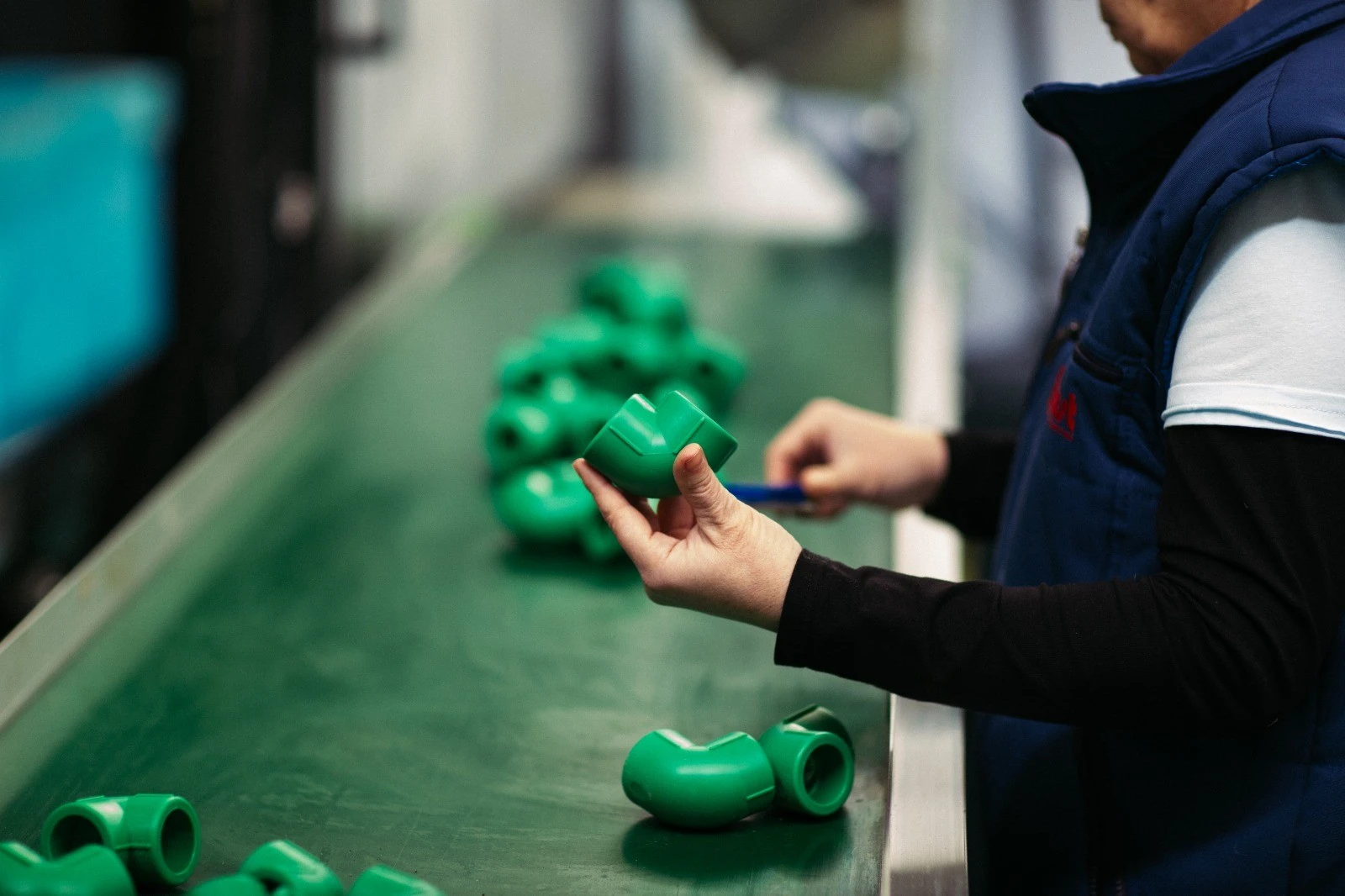In recent years, the demand for PPR (Polypropylene Random Copolymer) pipes has surged in the Philippines, thanks to their remarkable properties, versatility, and efficiency. PPR pipes and fittings have become a popular choice for both residential and industrial applications, primarily due to their resistance to corrosion, low thermal conductivity, and ease of installation. This article explores the various aspects of PPR Pipe, their fittings, and the pressure they can handle in the Philippine context.
What Are PPR Pipe?
PPR pipes are a type of plastic piping system made from polypropylene. They are known for their durability and flexibility, making them ideal for transporting hot and cold water. One of the key advantages of PPR pipes is their resistance to chemical corrosion, which makes them suitable for a wide range of applications, including drinking water systems, heating systems, and irrigation systems.
Advantages of PPR Pipe
- Durability: PPR pipes have a long lifespan, often exceeding 50 years, when installed correctly.
- Corrosion Resistance: Unlike metal pipes, PPR pipes do not corrode, ensuring a clean and safe water supply.
- Thermal Insulation: Their low thermal conductivity helps maintain the temperature of the fluids being transported.
- Lightweight: PPR pipes are significantly lighter than traditional metal pipes, making them easier to handle and install.
- Cost-Effective: Although the initial investment might be higher than other materials, the long-term savings in maintenance and replacement make PPR pipes a cost-effective choice.
PPR Fittings
PPR fittings are essential components that connect PPR pipes in various configurations. These fittings come in various shapes and sizes, allowing for versatile applications. Common types of PPR fittings include:
- Elbows: Used to change the direction of the piping system.
- Tees: Useful for branching off into two different directions.
- Couplings: These connect two lengths of pipe together.
- End Caps: Used to close the end of a pipe.
- Reducers: Connect pipes of different diameters.
Importance of Quality Fittings
Using high-quality PPR fittings is crucial for ensuring a leak-free and efficient plumbing system. Poor-quality fittings can lead to leaks, system failures, and costly repairs. In the Philippines, where fluctuating temperatures and environmental conditions can impact plumbing systems, investing in quality fittings is vital.
Pressure Ratings of PPR Pipe
Pressure ratings are a critical aspect of PPR pipes, determining how much internal pressure the pipes can handle without failure. In the Philippines, PPR pipes are typically available in three pressure ratings: PN 10, PN 16, and PN 20. Here’s a breakdown of what these ratings mean:
- PN 10: Suitable for low-pressure applications, this rating can handle a maximum pressure of 10 bar (145 psi). It’s often used in cold water systems.
- PN 16: This rating is suitable for moderate pressure applications, with a maximum capacity of 16 bar (232 psi). It is commonly used in both cold and hot water systems.
- PN 20: Designed for high-pressure applications, PN 20 pipes can withstand up to 20 bar (290 psi). They are ideal for hot water systems and industrial applications.

Selecting the Right Pressure Rating
When selecting PPR pipes and fittings for a project, it’s essential to consider the pressure requirements of the system. Choosing the appropriate pressure rating ensures the longevity and safety of the plumbing system. Consulting with professionals or manufacturers can help determine the right specifications based on the intended use.
Applications of PPR Pipe in the Philippines
The versatility of PPR pipes allows them to be used in various applications across the Philippines:
Residential Use
In residential settings, PPR pipes are commonly used for:
- Hot and Cold Water Supply: Their thermal resistance makes them ideal for both hot and cold water systems.
- Irrigation Systems: Homeowners use PPR pipes for garden irrigation, taking advantage of their durability and chemical resistance.
- Water Filtration Systems: PPR pipes are also used in filtration systems due to their non-toxic nature.
Commercial Use
In commercial buildings, PPR pipes are utilized for:
- HVAC Systems: Their ability to withstand high temperatures makes them suitable for heating and cooling systems.
- Fire Protection Systems: PPR pipes can be used in fire suppression systems, where reliability and strength are paramount.
Industrial Use
Industries in the Philippines benefit from PPR pipes in various ways:
- Chemical Transport: Due to their chemical resistance, PPR pipes are ideal for transporting chemicals safely.
- Food and Beverage Industry: PPR pipes are safe for potable water and food processing applications, ensuring hygiene and safety.
Installation of PPR Pipe
Proper installation of PPR pipes is crucial for ensuring their longevity and efficiency. The following steps outline the installation process:
Tools and Materials Required
- PPR pipes and fittings
- Pipe cutter or saw
- Heat fusion tool (for joining pipes)
- Measuring tape
- Marker
Step-by-Step Installation Guide
- Measure and Cut: Measure the lengths of PPR pipes required and cut them using a pipe cutter or saw.
- Prepare the Fittings: Clean the ends of the pipes and the inside of the fittings to ensure a secure bond.
- Heat Fusion: Use a heat fusion tool to heat the ends of the pipes and fittings until they become soft. Join them together and hold them in place for a few seconds to allow them to cool and solidify.
- Testing: Once installed, test the system for leaks by applying pressure to the pipes and checking for any signs of failure.
Maintenance Tips
To ensure the longevity of PPR pipes, regular maintenance is recommended:
- Inspect for Leaks: Regularly check for leaks in the system.
- Avoid Excessive Pressure: Ensure that the system does not exceed the recommended pressure ratings.
- Clean Regularly: Keep the pipes and fittings free from debris and obstructions.
Conclusion
PPR pipes and fittings have become a go-to solution for plumbing needs in the Philippines due to their numerous advantages, including durability, cost-effectiveness, and versatility. Understanding the pressure ratings and proper installation techniques is essential for maximizing the benefits of PPR piping systems. As the demand for reliable and efficient plumbing solutions continues to grow, PPR Pipe will play a vital role in both residential and industrial applications across the country.
FAQs
- What are the advantages of using PPR pipes over traditional metal pipes? PPR pipes are lightweight, corrosion-resistant, and have a longer lifespan than metal pipes. They also provide better thermal insulation.
- How do I choose the right pressure rating for my PPR pipes? Consider the specific requirements of your plumbing system and consult with a professional or manufacturer to determine the appropriate pressure rating.
- Can PPR pipes be used for hot water supply? Yes, PPR pipes are suitable for hot water applications, especially those with a PN 16 or PN 20 pressure rating.
- What is the typical lifespan of PPR pipes? PPR pipes can last over 50 years when properly installed and maintained.
- Are PPR pipes safe for drinking water? Yes, PPR pipes are non-toxic and safe for transporting potable water.


















